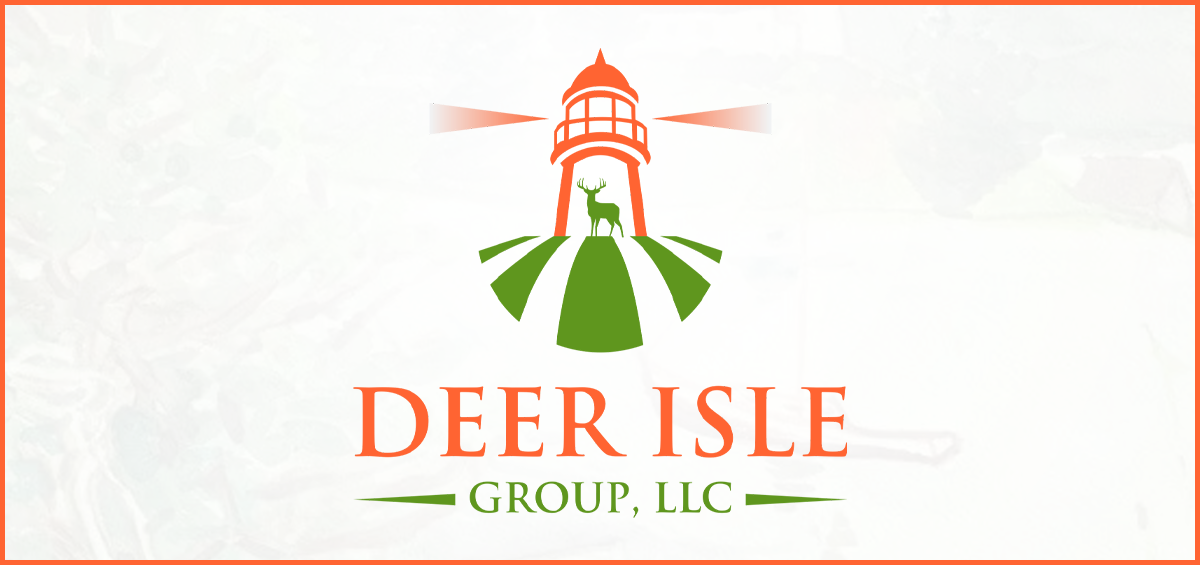CRACK THE CODE – Do’s and Dont’s for Nailing First Impressions!

Just as first impressions are made when you meet someone, presentation materials make a first impression with potential capital providers, and they will draw conclusions from them. A capital provider’s impressions are an important part of their decision-making process. A presentation is an opportunity to present the investment proposition in its best possible light.
The presentation is also an opportunity to provide the specific information that a capital provider should remember. If you rely on the capital provider to take notes during your presentation, it’s impossible to know what information they have retained.
It is usually best to use the prepared presentation during calls/meetings. Time and effort have been spent organizing thoughts around the investment opportunity while preparing the presentation and it should represent all of the important investment considerations.
In addition, by using the presentation during calls/meetings, important information will be reinforced to the capital provider (different people learn differently) and the capital provider will be able to find it later should they want to use it in for an internal write-up or conversation.
The result of a well-constructed presentation is that it provides the investor supportable, value-add introductory information about your investment opportunity, as well as is a meeting outline and is the basis for continued engagement / due diligence.
Some best practice considerations for a Presentation include:
| DESIGN & FORMATING: Look and Feel is Important to Success Keep slides simple and easy to read. Slide titles should be Active & Easy to Read Say in a few words what can be said in a few words: Keep pages interesting with graphics, charts, etc. and avoid long bullet point lists Ensure that format and fonts are consistent throughout | CONCRETE & SUPPORTABLE INFORMATION: Provide Concrete Supported Data More concrete and tangible information gives investors greater understanding Most important part of financial information is the historical performance/track record and/or assumptions Convey financial and other data in charts, graphics, tables whenever possible |
| VISION: Path to Executable Returns Keep investment thesis and value add simple Ensure enough data to support thesis Goal is to keep investor engaged and to agree to do more due diligence – goal is not to provide all information for an investment decision. | DELIVERY & MEETING DYNAMICS: Spotlight On – One Hour to Convince Delivery matters – Be organized & use presentation Speak slowly – Convey authority to be effective Ask questions – Start meeting by asking questions – sets the stage so you know what might be important to highlight during presentation/starts a dialogue Solicit questions – Encourage questions by leaving space for them during and after presentation |
| REGULATORY AND LEGAL STANDARDS: Ensure that information adheres to regulatory & legal requirements | |



